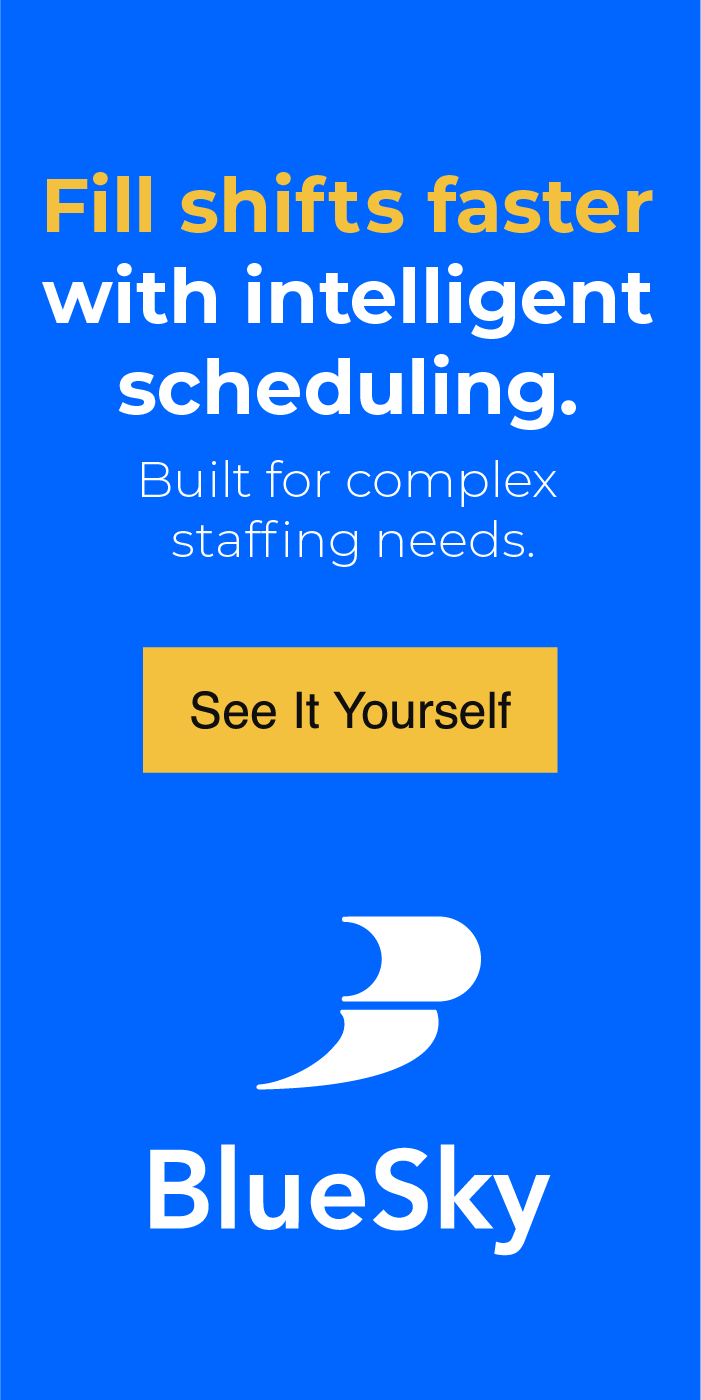There’s an old finance joke: ask a mathematician, “What’s two plus two?” you get 4. Ask an accountant, “What do you need it to be?” Numbers can tell very different stories depending on who’s adding them up. In healthcare staffing, MSP fees are a perfect example: they don’t just skim margin; they quietly reshape who wins the recruiting battle.
Why MSP Fees Matter
Staffing agencies have long argued that mandatory MSP (Managed Service Provider)/VMS (Vendor Management System) channels compress margins. In many cases, those fees can consume a large share of net earnings. But the bigger, longer-term risk isn’t just thinner profit, it’s the structural disadvantage faced by non-affiliated agencies competing against agencies owned by or favored by the MSP.
The Math (and the Advantage It Creates)
Assumptions for a single RN assignment:
- Published bill rate: $90/hour
- MSP fee: 5% (taken from the supplier’s bill)
- Employer labor cost (pay + total burden): 80% of the effective bill rate
Independent agency (pays the fee):
- Effective bill after 5% fee: $90 × (1 − 0.05) = $85.50
- Labor dollars available to pay (80%): $85.50 × 0.80 = $68.40
MSP-affiliated agency (captures the fee):
- Effective bill with no fee reduction, but fee captured: $90 + (5% of $90) = $94.50
- Labor dollars available (80%): $94.50 × 0.80 = $75.60
Result: The affiliated agency has $7.20 more per hour to fund pay and perks for the same req.
That delta compounds quickly:
- 36 hrs/week: $7.20 × 36 = $259/week
- 13-week contract: ≈ $3,370 more available for compensation/bonuses
With that extra headroom, the affiliated agency can routinely outbid independents on take-home pay while still meeting margin targets. Over time, talent gravitates toward whichever recruiter reliably offers higher net pay and faster starts. That’s not “secret sauce,” it’s arithmetic.
The Market Consequence
- Recruiting power concentrates with MSP-owned or favored agencies.
- Independents lose share even when they are operationally excellent.
- Hospitals pay for the spread via persistent premium rates and reduced vendor competition.
Supplemental Health Care illustrates how MSP staffing programs can streamline hospital labor management and reduce costs. However, as an agency-owned MSP, Supplemental Health Care also exemplifies the inherent conflict of interest in such models, which can limit competition and contribute to the structural challenges discussed here. Understanding this duality is critical for hospitals aiming to regain control and transparency in their contingent workforce management.
What Are MSP and VMS?
MSPs are third-party organizations that manage staffing vendors for healthcare facilities, often implementing VMS technology to control and automate contingent labor procurement. This streamlines management but introduces fees deducted from suppliers’ gross billings, influencing agency behavior and competitiveness.
Related: What is a VMS and MSP in Healthcare Staffing and Hospitals?
How Agencies Can Mitigate MSP Fee Disadvantages
- Leverage Technology: Use advanced contingent labor management software like BlueSky for optimized scheduling, compliance, and multi-location management to improve operational excellence and reduce overhead.
- Negotiate Fee Structures: Engage clients and MSPs on fee transparency and fairness, pushing for reductions or capped fees when possible.
- Enhance Talent Value Proposition: Focus on candidate experience, faster onboarding, and offer additional recruiter services to differentiate beyond pay.
- Diversify Channels: Develop direct relationships with facilities outside MSP mandates where feasible, expanding access to non-MSP channels.
- Data-Driven Insights: Use analytics to identify profitable niches and optimize margins even under fee pressure.
Bottom Line
MSP fees don’t just trim margins; they tilt the playing field so “2 + 2” looks like 5 for some vendors and 3 for others. Even if those retained fees are not pushed back into the nurses’ pay package, independents face an uphill battle in securing competitive talent. Understanding this dynamic and adopting strategic operational and negotiation tactics is critical for staffing agencies aiming to compete effectively in a managed services environment.

